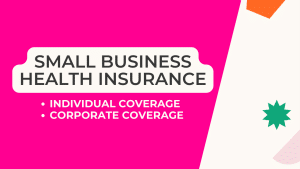Tips for Evaluating Benefits Plans and Communicating Options with Employees
Most of us think about medical insurance, which is the biggest and most expensive benefit for our employees. But benefits can include a wide range of free and low-cost perks that help you and your team save money on taxes. When evaluating your benefits package, consider:
- Medical, dental and vision. You and your employees pay pre-tax, versus post-tax on an exchange. If you aren’t ready to offer full medical benefits, you can use a QSEHRA (cue-SARA) to pay a pre-tax flat rate subsidy that your employees can use to purchase the plan of their choice. Note that the QSEHRA subsidy will offset all or some of the employees’ exchange subsidies. Learn more about health benefits here.
- Pre-tax deferral programs. Dependent care, FSA or HSA for pre-tax coverage of deductibles and out-of-pocket medical expenses, commuter benefits are all very low-cost offerings available with even just one employee.
- Retirement savings. Set up a 401k or SEP and allow employees to opt in to deferring salary into the program. Check out your retirement savings options here.
Pro Tip: It’s ideal to start benefits on January 1 for everyone’s maximum tax advantage, but you can initiate or add to a benefits program at any point in the year.
Best Practice: Schedule an all-hands meeting in the first half of November to communicate what you’ll be offering, what it costs, and how to enroll. Use a Slack channel or dedicated email address for a timely review of questions.



